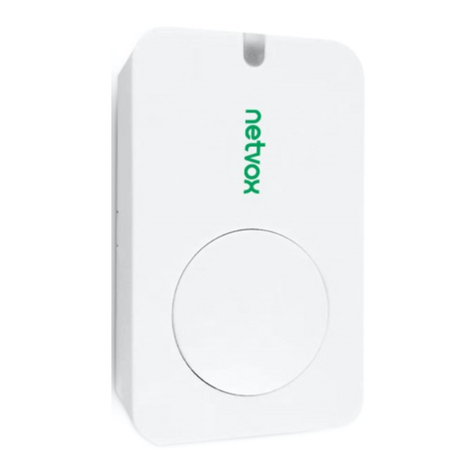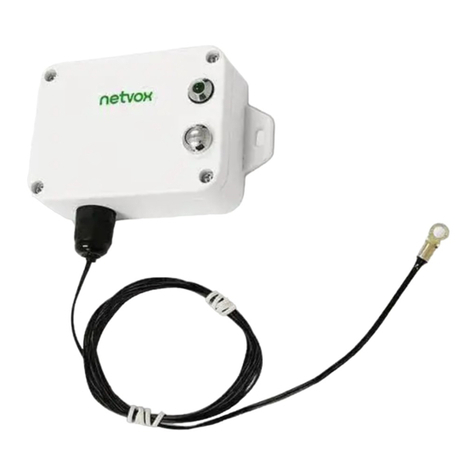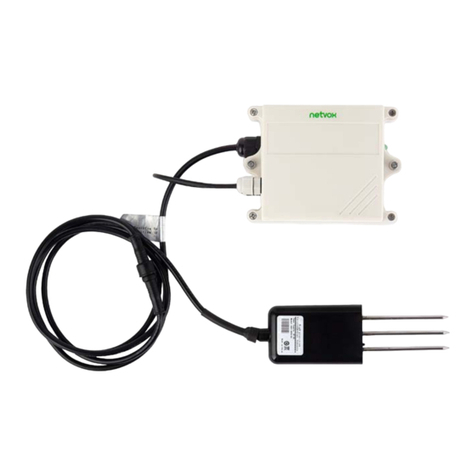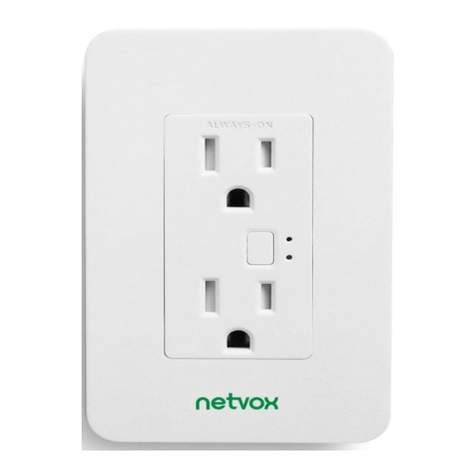netvox R718VA User manual














Other manuals for R718VA
1
Table of contents
Other netvox Accessories manuals
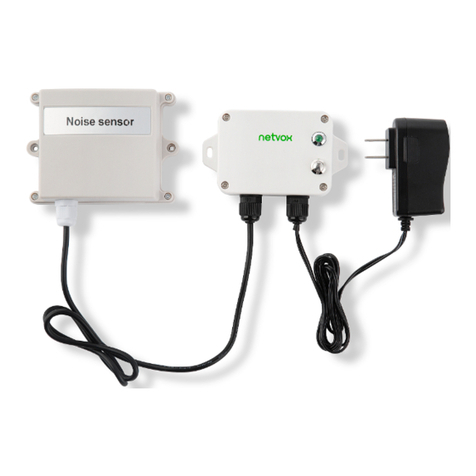
netvox
netvox R718PA7 User manual

netvox
netvox RB11E User manual
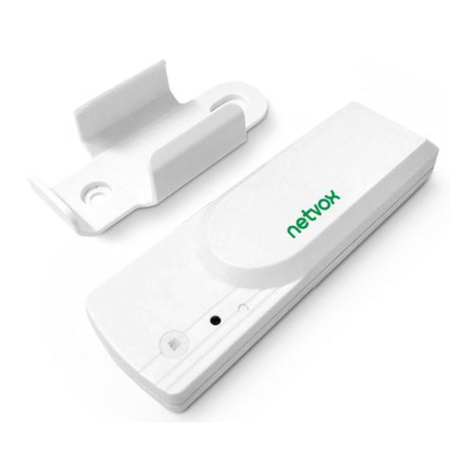
netvox
netvox R711 User manual
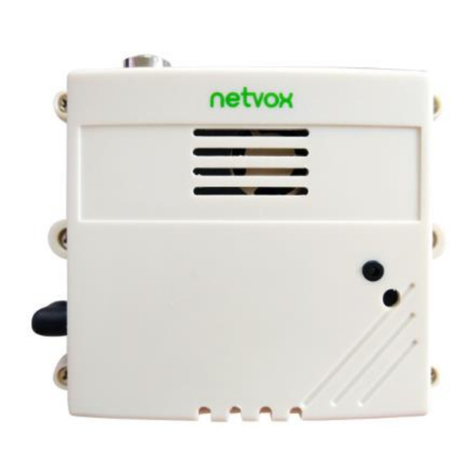
netvox
netvox R72616A User manual
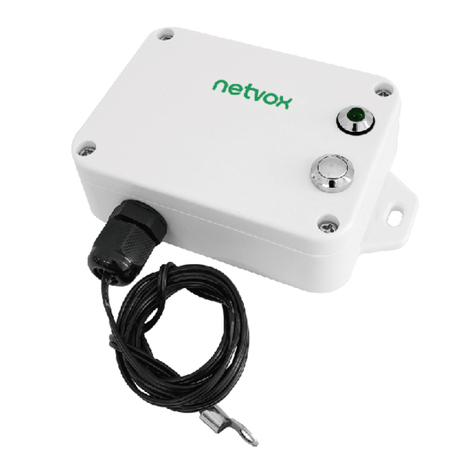
netvox
netvox R718EA User manual
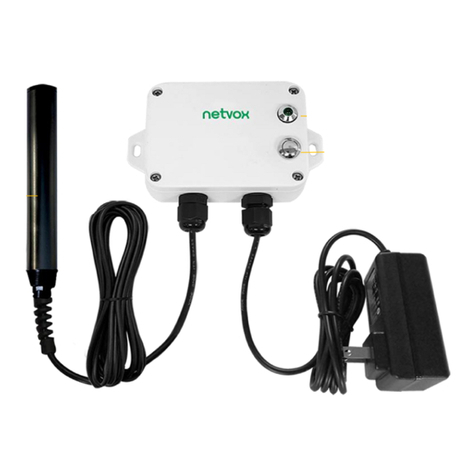
netvox
netvox R718PA Series User manual
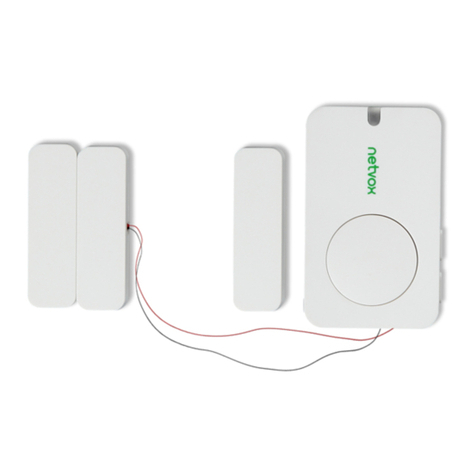
netvox
netvox Z311C User manual
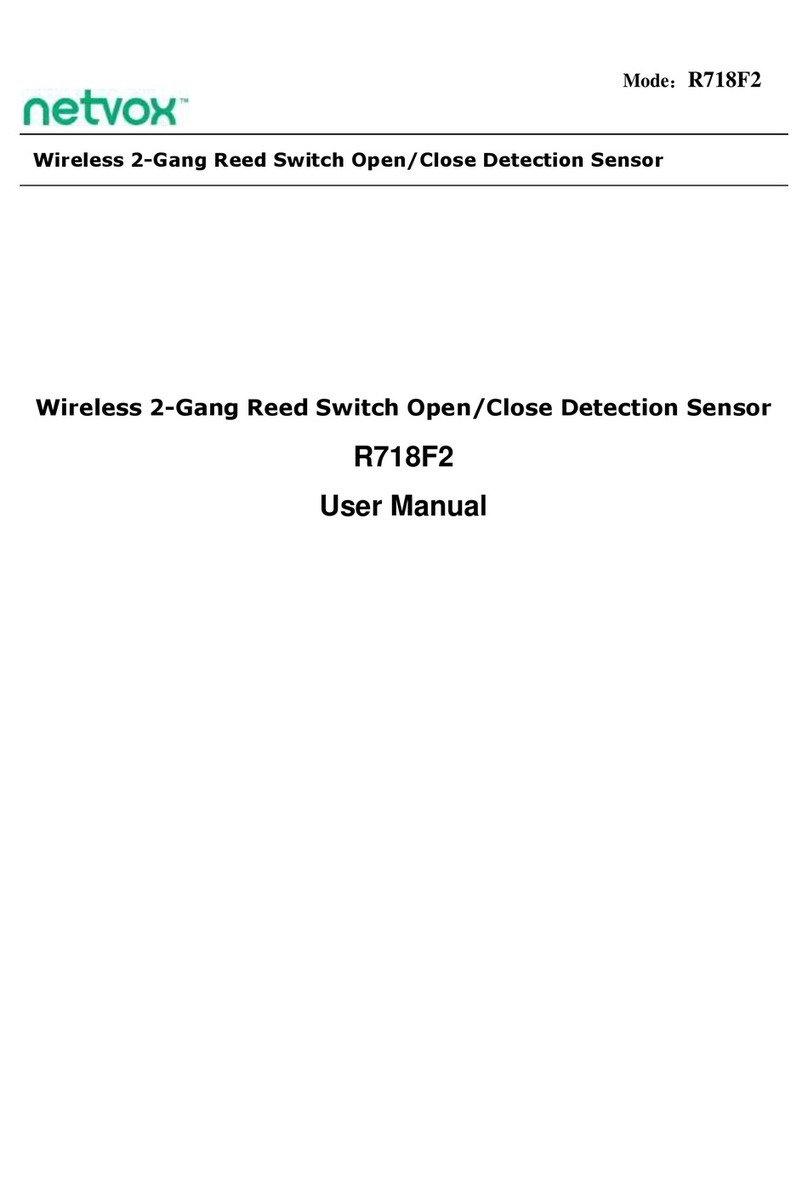
netvox
netvox R718F2 User manual
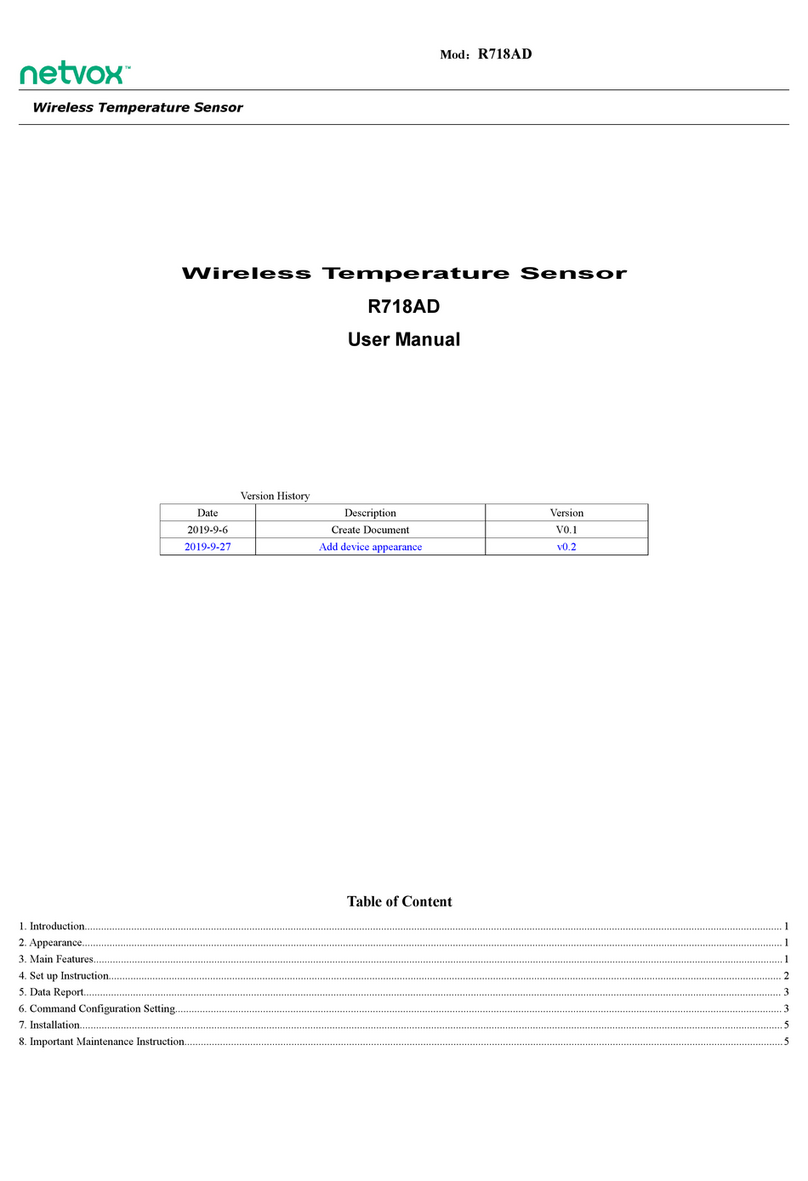
netvox
netvox R718AD User manual
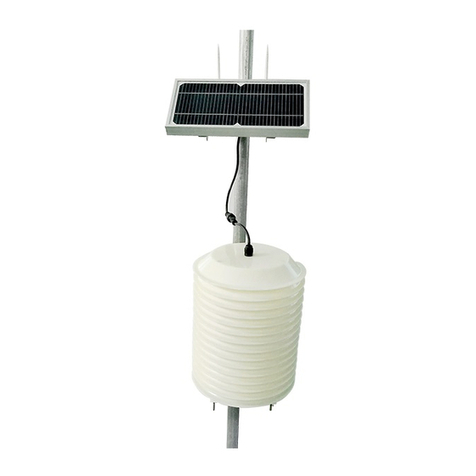
netvox
netvox RA0723 User manual
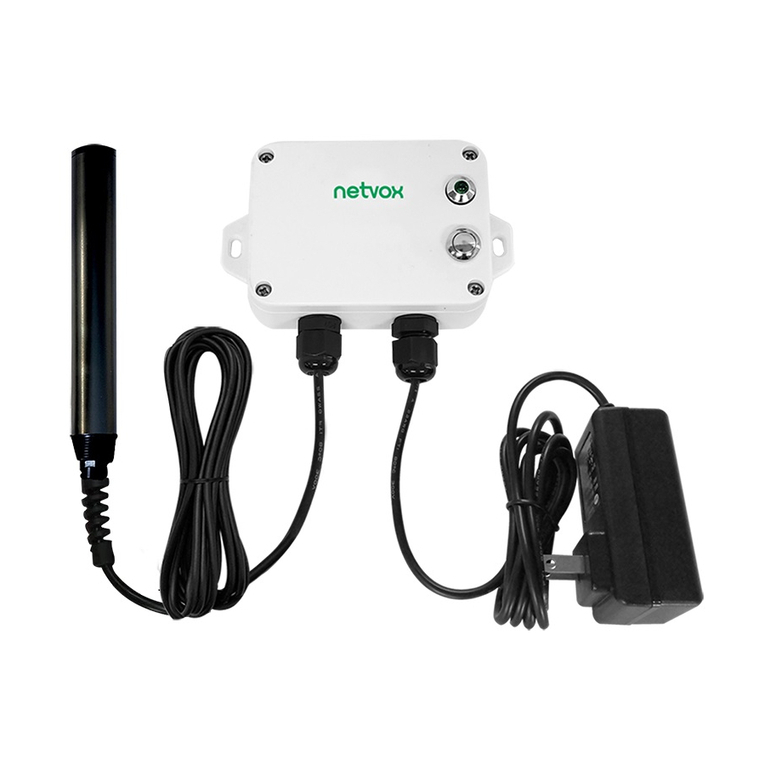
netvox
netvox R718PA11 User manual
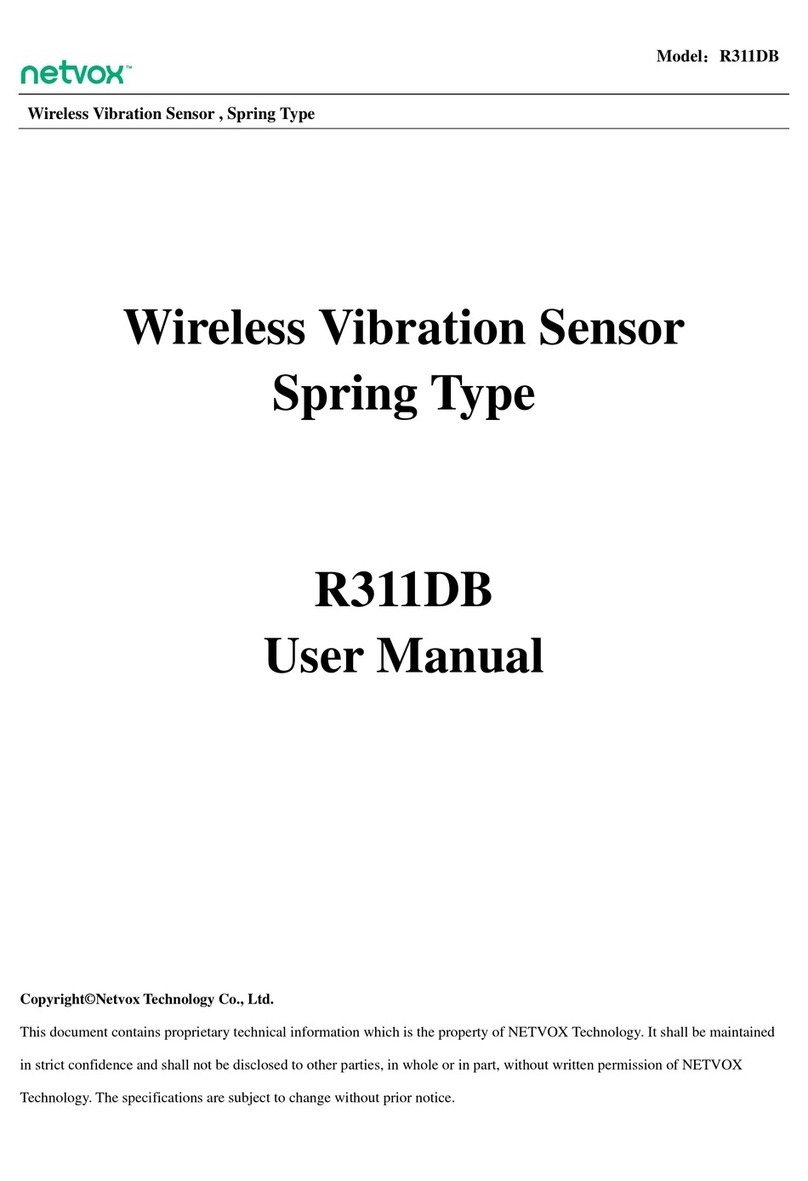
netvox
netvox R311DB User manual
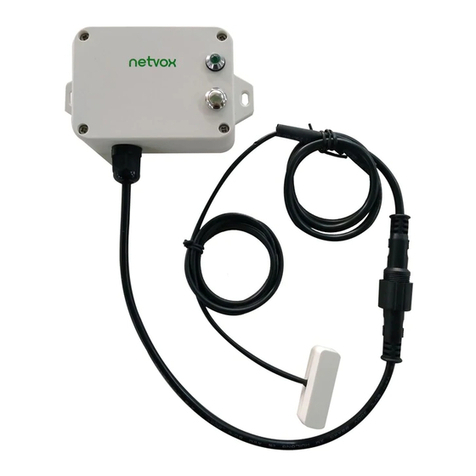
netvox
netvox R718DB User manual
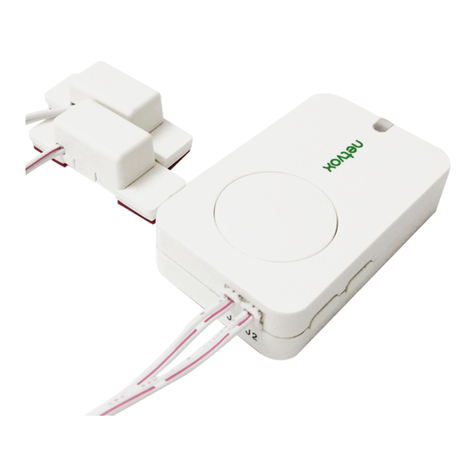
netvox
netvox R311FA User manual
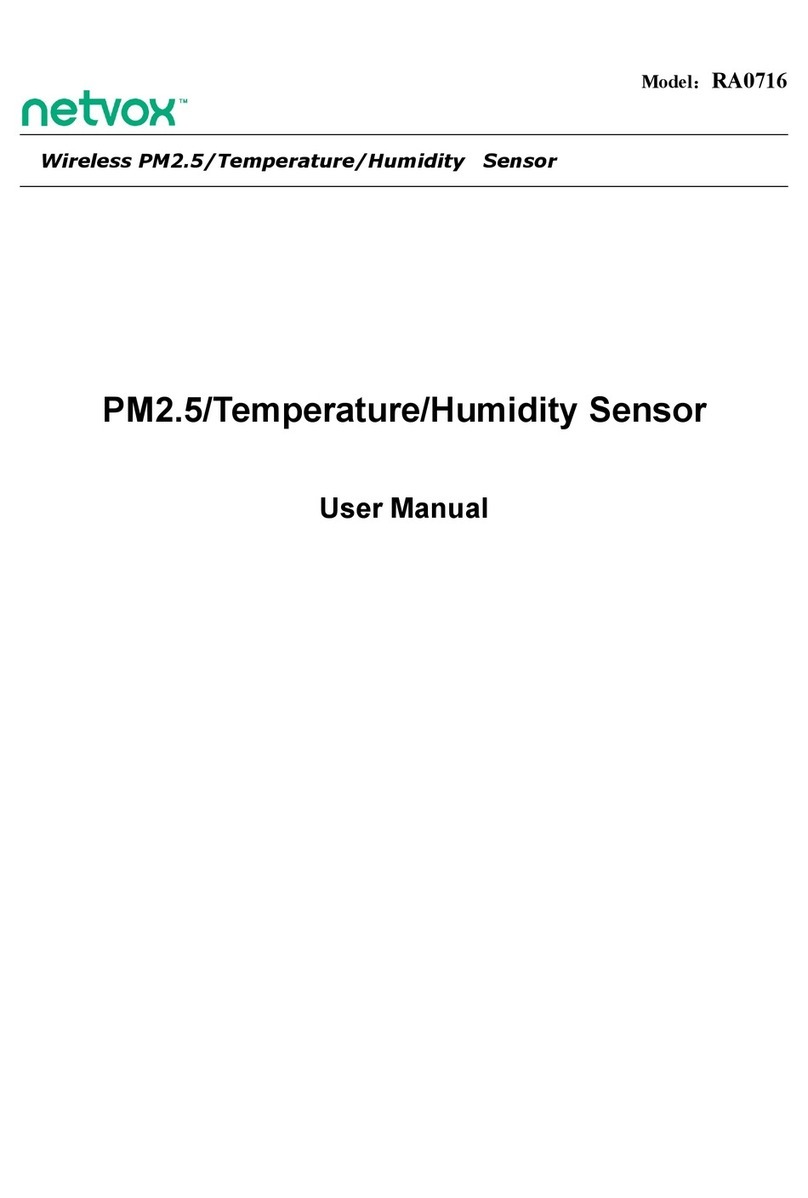
netvox
netvox RA0716 User manual
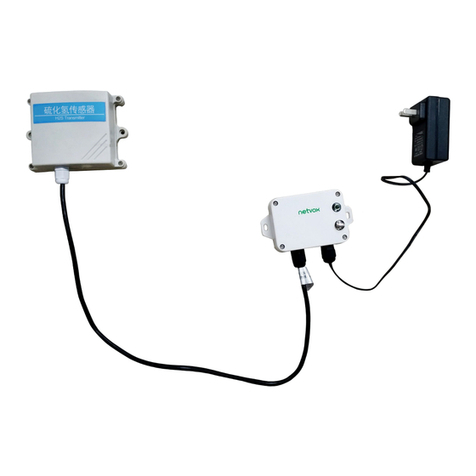
netvox
netvox R718PA4 User manual
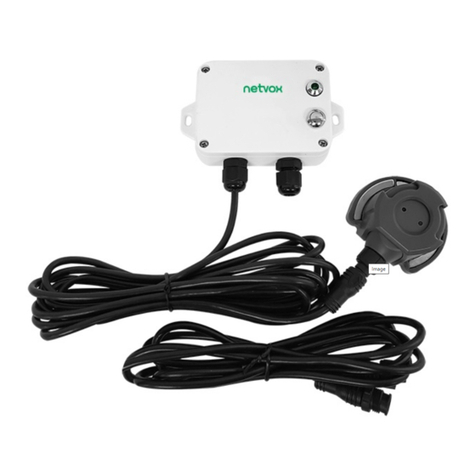
netvox
netvox R718PA22 User manual
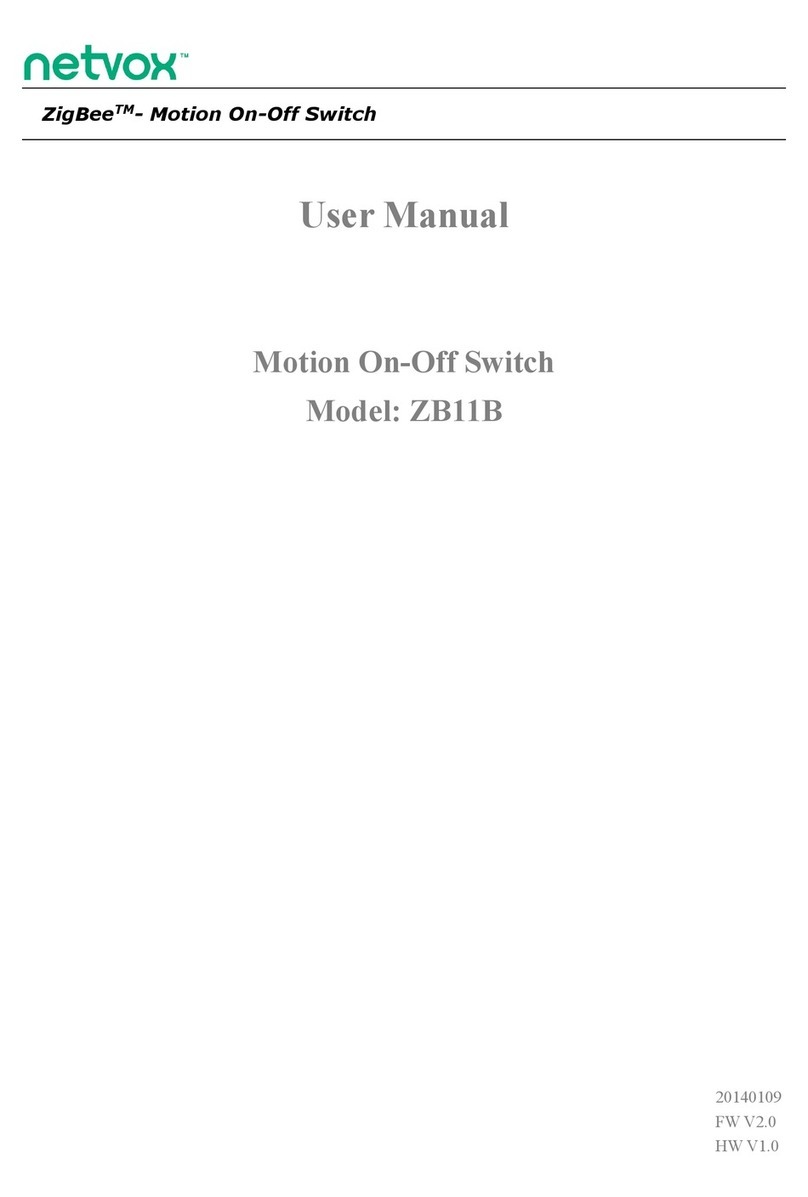
netvox
netvox ZigBee ZB11B User manual
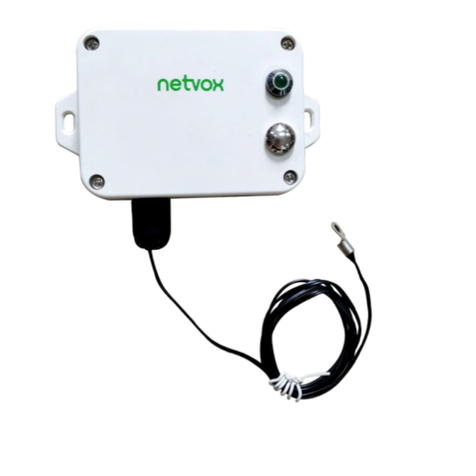
netvox
netvox R718E User manual
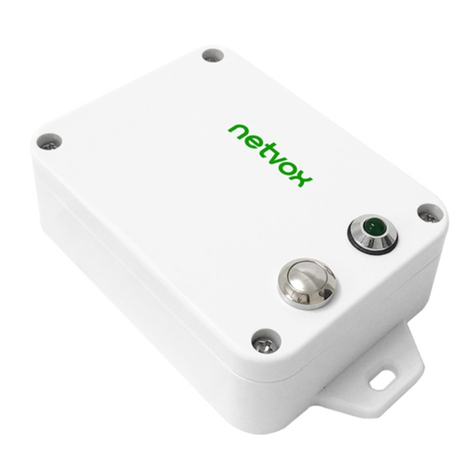
netvox
netvox R718EB User manual
Popular Accessories manuals by other brands
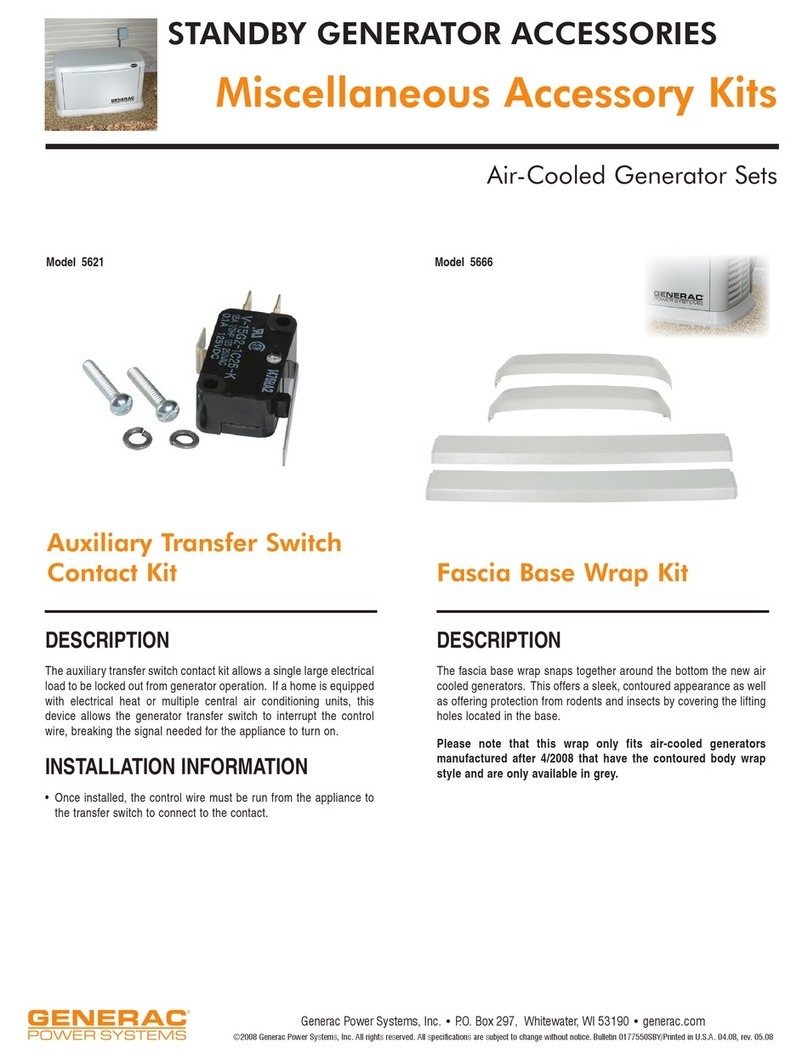
Generac Power Systems
Generac Power Systems Air-Cooled Generator Sets 5621 specification

Emos
Emos P5525 manual
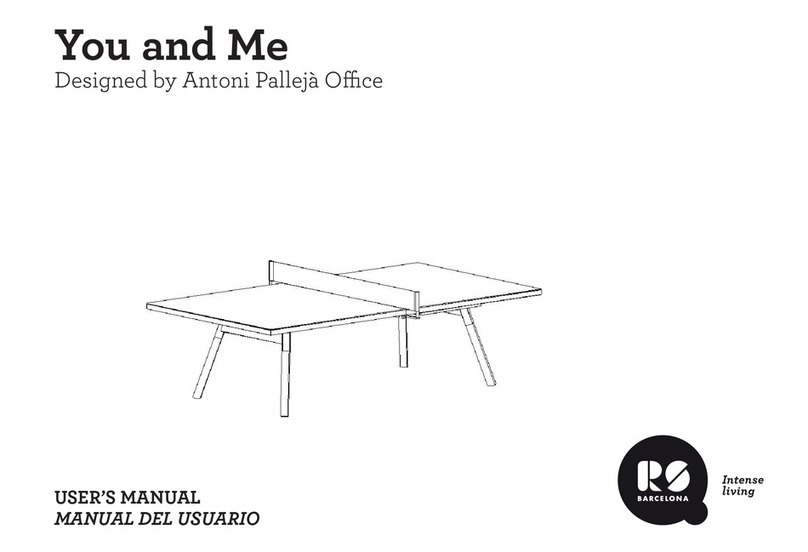
RS Barcelona
RS Barcelona You and Me user manual
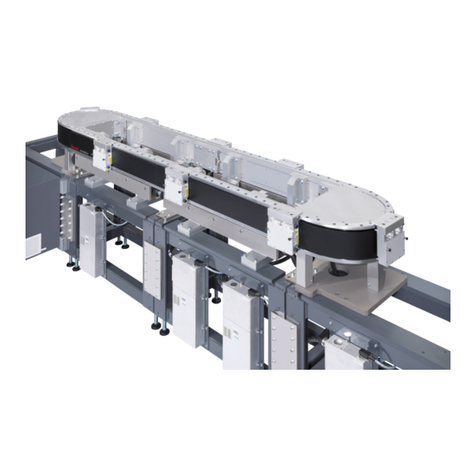
Bosch
Bosch Rexroth ActiveMover Assembly instructions
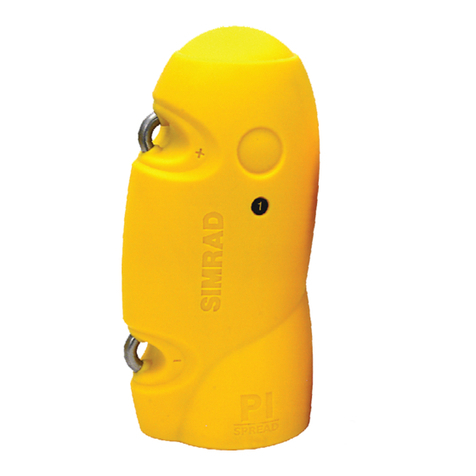
Simrad
Simrad PI REMOTE - QUICK REFERENCE GUIDE REV B Quick reference guide
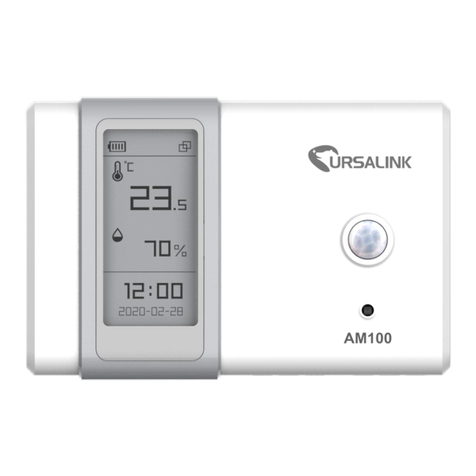
Ursalink
Ursalink AM100 Series Configuration guide
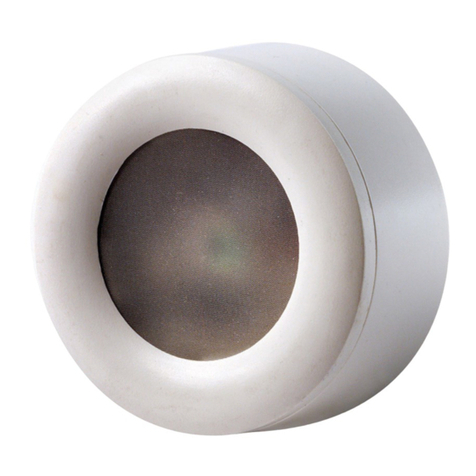
Crestron
Crestron GLS-LCL Installation and operation guide

NK TECHNOLOGIES
NK TECHNOLOGIES AG1 Series instructions

DYNETICS INCORPORATED
DYNETICS INCORPORATED GroundAware user manual
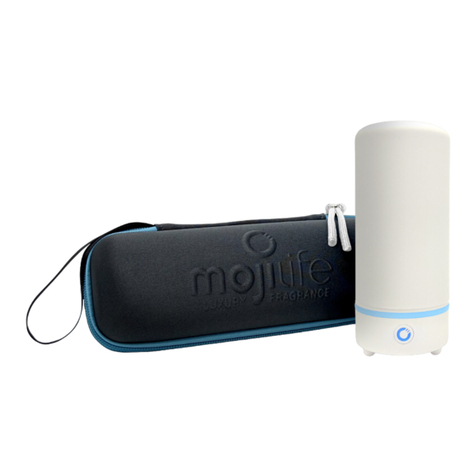
MojiLife
MojiLife AirMoji II instructions
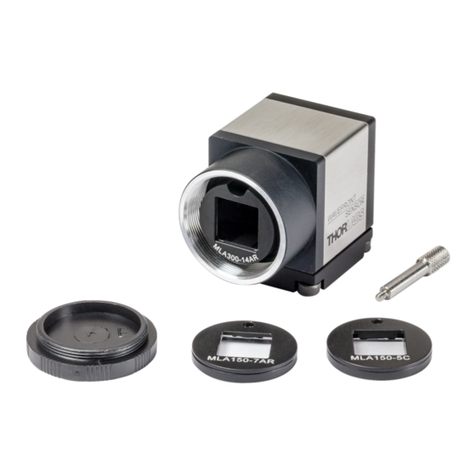
THORLABS
THORLABS WFS20-5CM Operation manual

Eaton
Eaton E55 Series Instruction leaflet
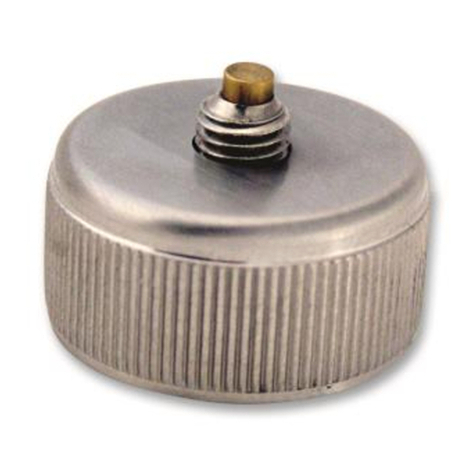
PCB Piezotronics
PCB Piezotronics IMI SENSORS 080A122 Installation and operating manual

Panasonic
Panasonic HL-C211F instruction manual

Digitus
Digitus DS41211 user manual
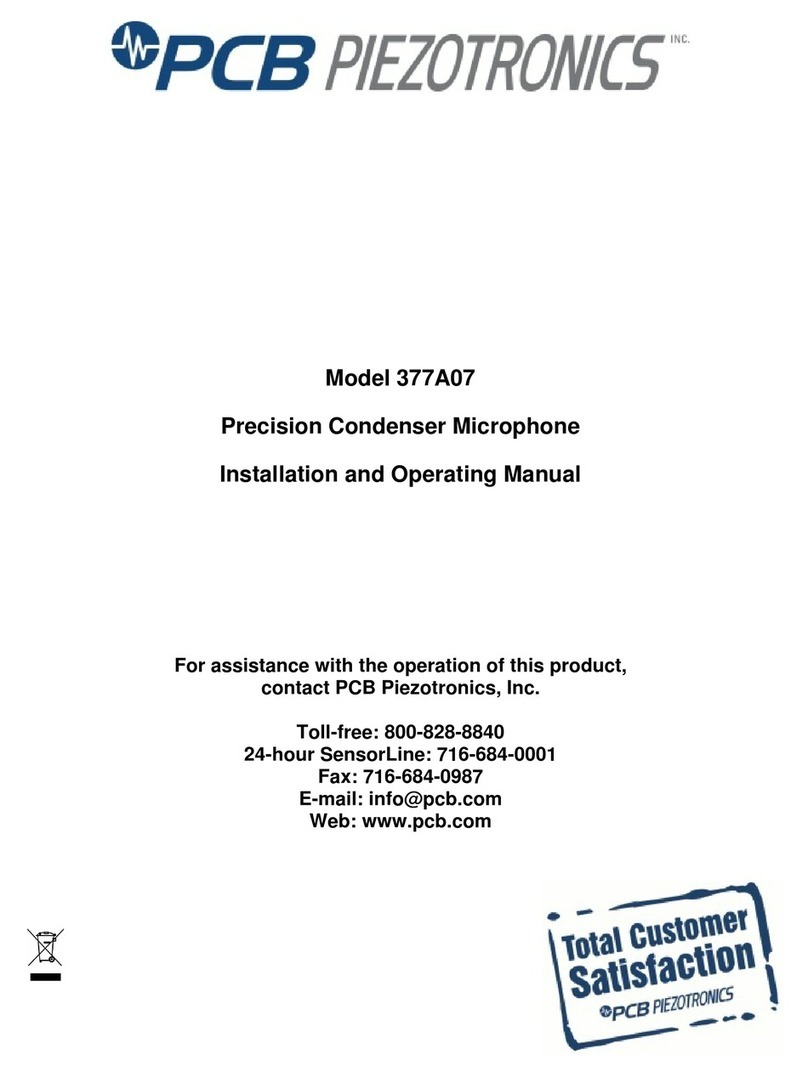
PCB Piezotronics
PCB Piezotronics 377A07 Installation and operating manual
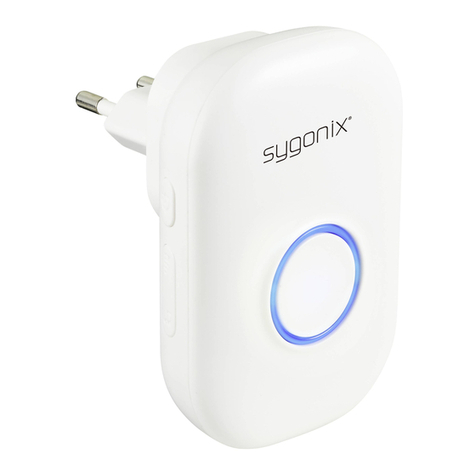
Sygonix
Sygonix 2612693 operating instructions
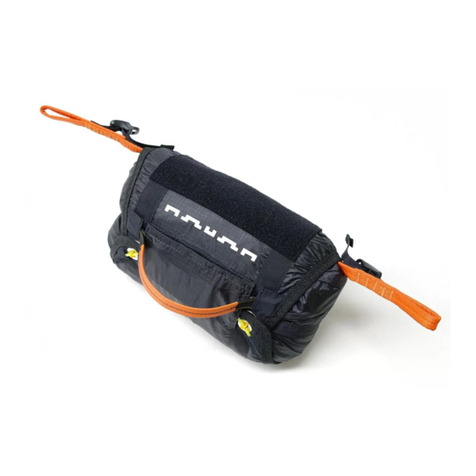
Dudek
Dudek Light 90/110 user manual
